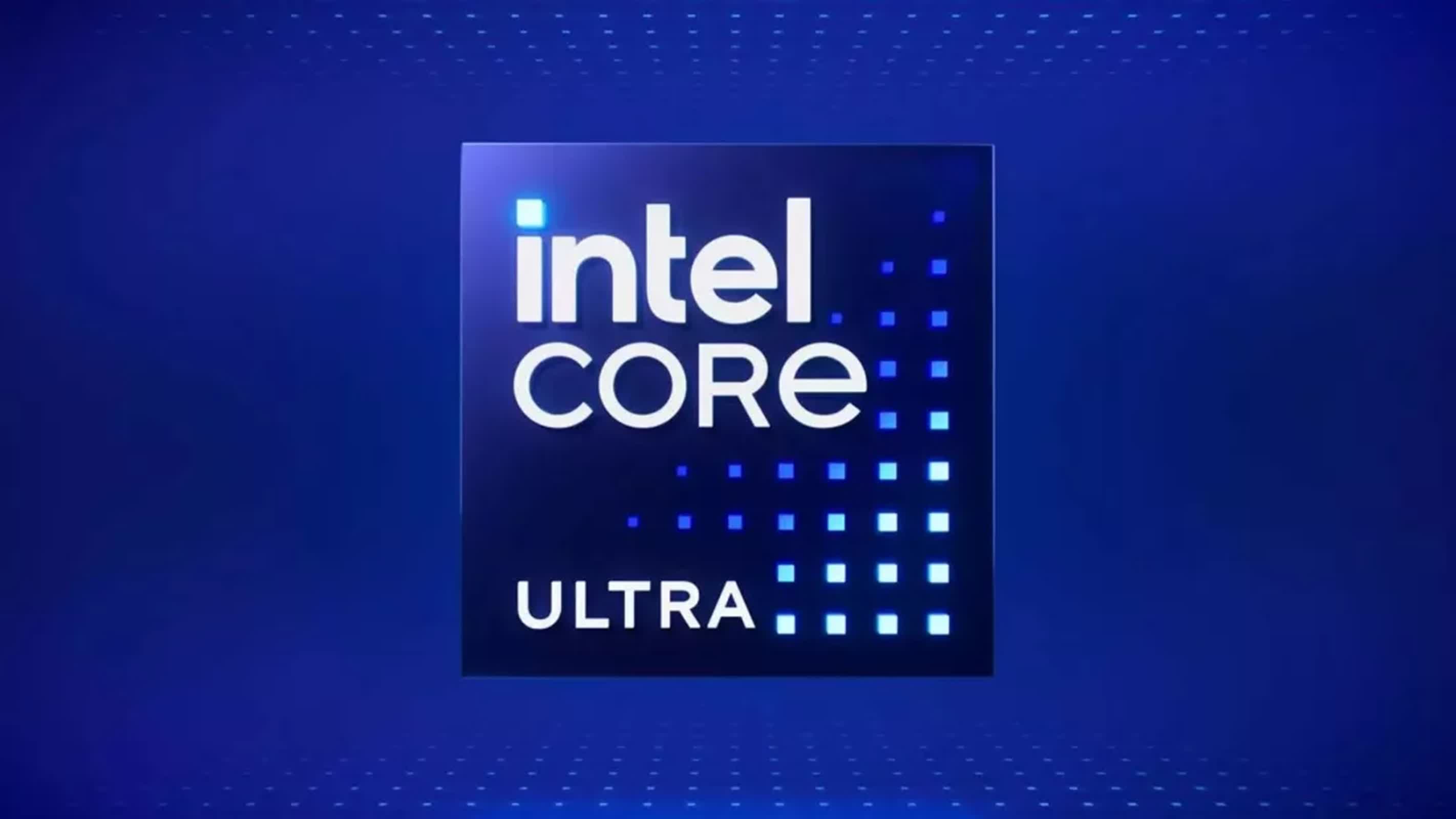Rumor mill: Intel's next-generation Nova Lake-S desktop processors are rapidly taking shape, with leaks pointing to a major architectural leap for the company's consumer CPUs. According to well-known leakers @chi11eddog and @jaykihn0, Nova Lake-S is expected to launch in the second half of 2026 and will introduce a sweeping overhaul in both design and performance targets.

The flagship Core Ultra 9 385K model could feature a staggering 52 cores, comprising 16 high-performance P-cores, 32 efficiency-focused E-cores, and four 4 low-power LPE-cores – making it the most powerful desktop chip Intel has ever produced. This more than doubles the core count of today's Core Ultra 9 285K, which tops out at 24 cores and lacks LPE-cores entirely.
The Nova Lake-S lineup is expected to span a wide range of configurations, from entry-level quad-core models to the 52-core flagship. The Core Ultra 7 SKU will reportedly offer 14 P-cores, 24 E-cores, and four LPE-cores for a total of 42 cores.
Meanwhile, the Core Ultra 5 series is rumored to include three variants: a 28-core version with 8 P-cores and 16 E-cores, a 24-core version with 8 P-cores and 12 E-cores, and an 18-core option with 6 P-cores and 8 E-cores.
Even the entry-level Core Ultra 3 chips are expected to feature either 16 or 12 cores, both including four LPE-cores and a 65W power envelope.
- Core Ultra 9 - 16 P-Cores + 32 E-Cores + 4 LP-E Cores. 150W
- Core Ultra 7 - 14 P-Cores + 24 E-Cores + 4 LP-E Cores. 150W
- Core Ultra 5 - 8 P-Cores + 16 E-Cores + 4 LP-E Cores. 125W
- Core Ultra 5 - 8 P-Cores + 12 E-Cores + 4 LP-E Cores. 125W
- Core Ultra 5 - 6 P-Cores + 8 E-Cores + 4 LP-E Cores. 125W
- Core Ultra 3 - 4 P-Cores + 8 E-Cores + 4 LP-E Cores. 65W
- Core Ultra 3 - 4 P-Cores + 4 E-Cores + 4 LP-E Cores. 65W
New Intel Desktop CPUs coming..🧐🧐🧐
– chi11eddog (@g01d3nm4ng0) June 16, 2025
150W for Core Ultra 9/7. Core Ultra 5 125W. pic.twitter.com/mW0MS2lKM9
All desktop SKUs are expected to utilize a tile-based design, with the LPE-cores located on a separate die, echoing the modular approach first introduced with Meteor Lake.
A central focus of Nova Lake-S is maximizing flexibility and efficiency through its multi-tile architecture. The P-cores, based on the new Coyote Cove design, will handle demanding single-threaded workloads, while the Arctic Wolf E-cores are optimized for multi-threaded tasks. The LPE-cores, an evolution of the E-core family, are designed for background and ultra-low-power tasks, helping reduce overall energy consumption.
Nova Lake Platform PCIE and USB Specifications pic.twitter.com/wgG2u5xINN
– Jaykihn (@jaykihn0) June 17, 2025
Transitioning from architecture to platform support, Nova Lake-S will introduce a new LGA 1854 socket and 900-series chipset, necessitating new motherboards but enabling a host of next-generation features.
According to @jaykihn0, the platform will natively support DDR5 memory speeds up to 8000 MT/s – a 50% increase over Arrow Lake-S – and may reach speeds beyond 10,000 MT/s with high-performance modules aimed at enthusiasts.
The chipset is also expected to support up to 48 PCIe lanes, including 24 PCIe 5.0 lanes directly from the CPU, along with expanded USB and SATA connectivity to support high-end desktops.
Another significant leap comes in graphics and media capabilities. Nova Lake-S is rumored to adopt a hybrid iGPU architecture, with Xe3 "Celestial" cores dedicated to graphics rendering and Xe4 "Druid" cores handling media and display tasks.

This separation allows Intel to optimize each engine for its specific workload, potentially delivering better gaming and creative performance, along with more efficient media encoding and decoding. The modular design also gives Intel the flexibility to mix and match components from different process nodes, balancing cost and performance.
These sweeping changes signal Intel's intention to reclaim leadership in the desktop CPU market, as rival AMD prepares its own next-gen Zen 6 chips with higher core counts and enhanced per-core performance.
While the full impact of Nova Lake-S will ultimately depend on real-world benchmarks and software optimization, the leaked specifications point to a big shift in Intel's approach to desktop processor design.
Intel's Nova Lake-S CPUs to bring massive architectural overhaul, up to 52 cores